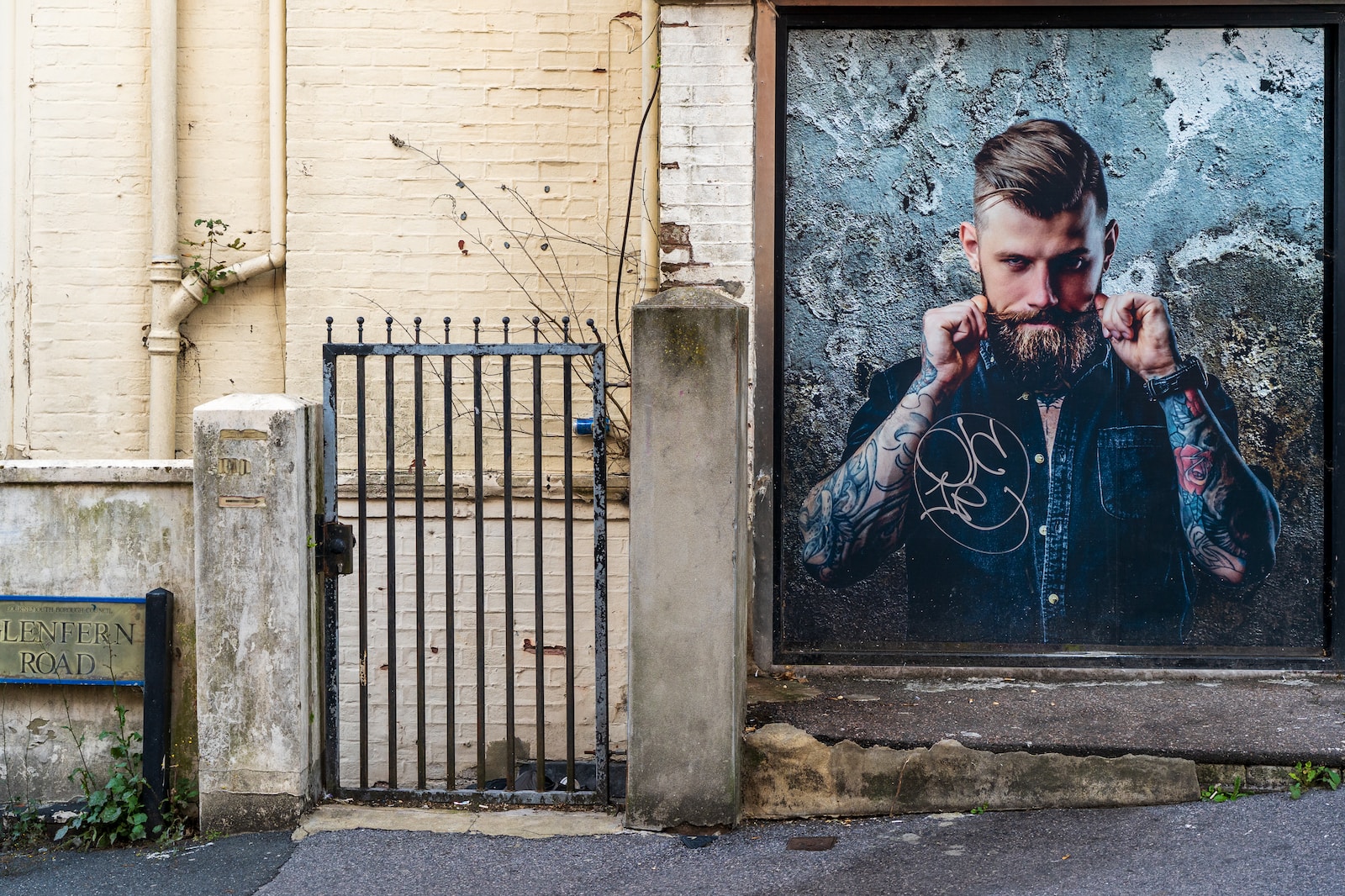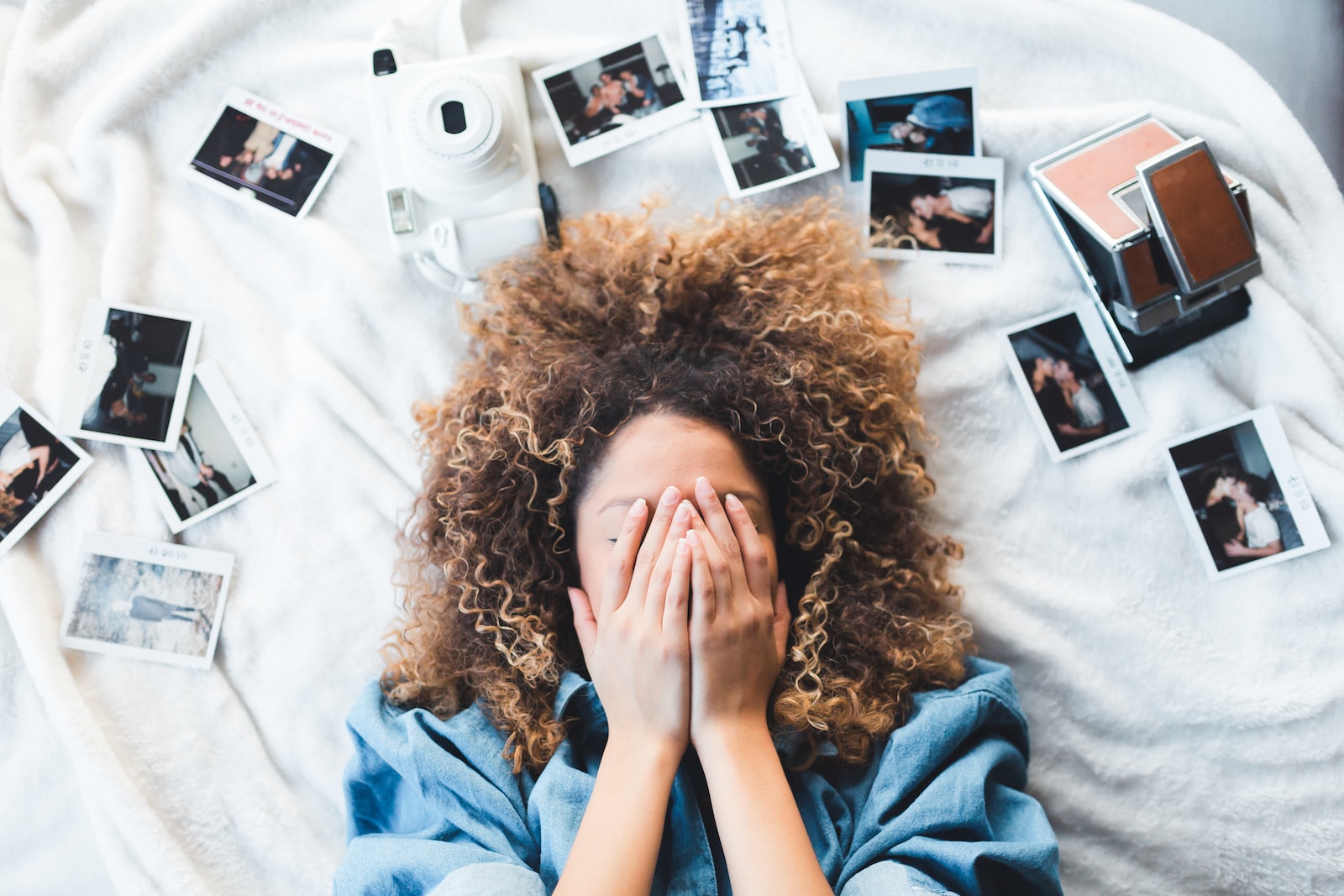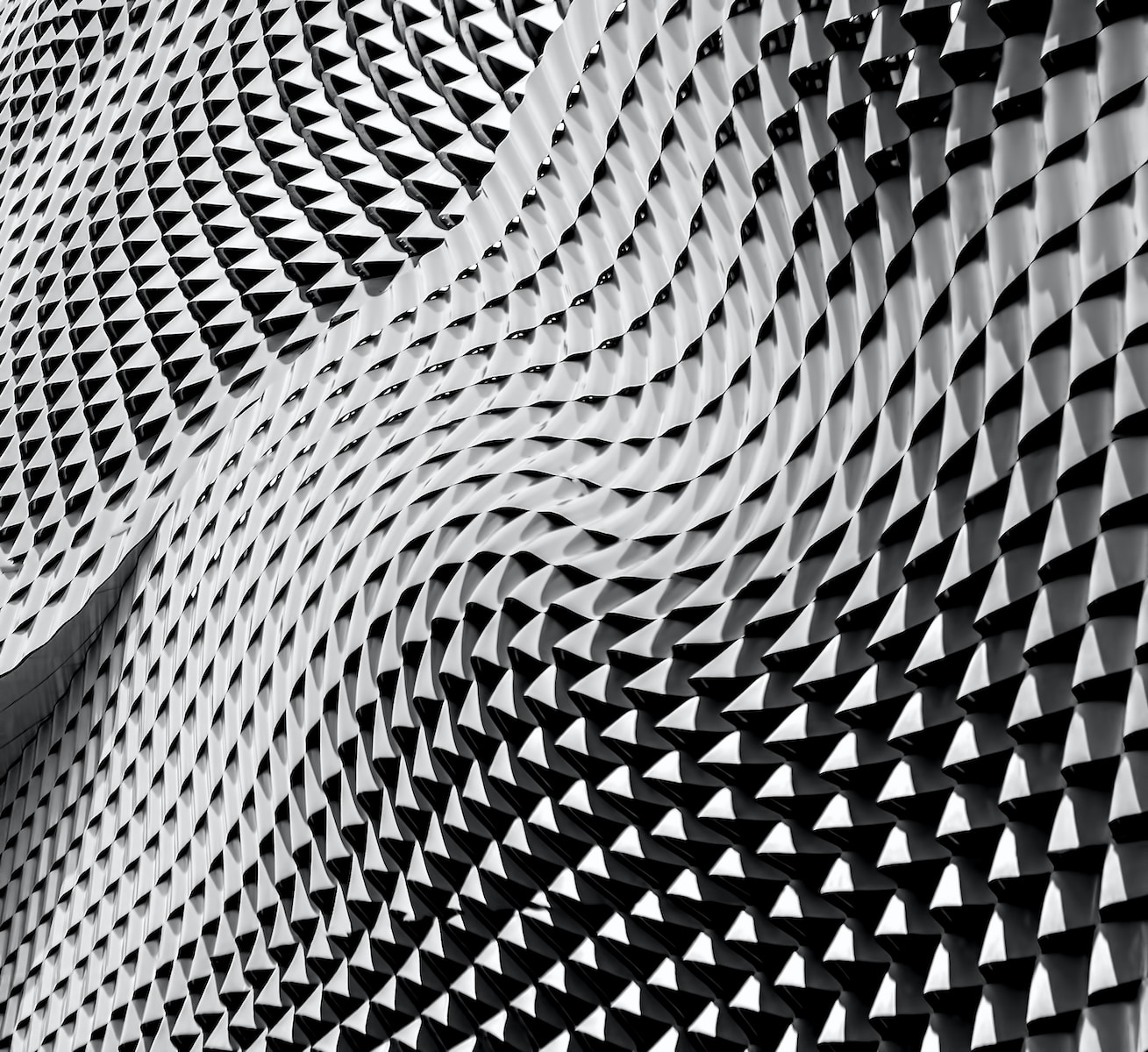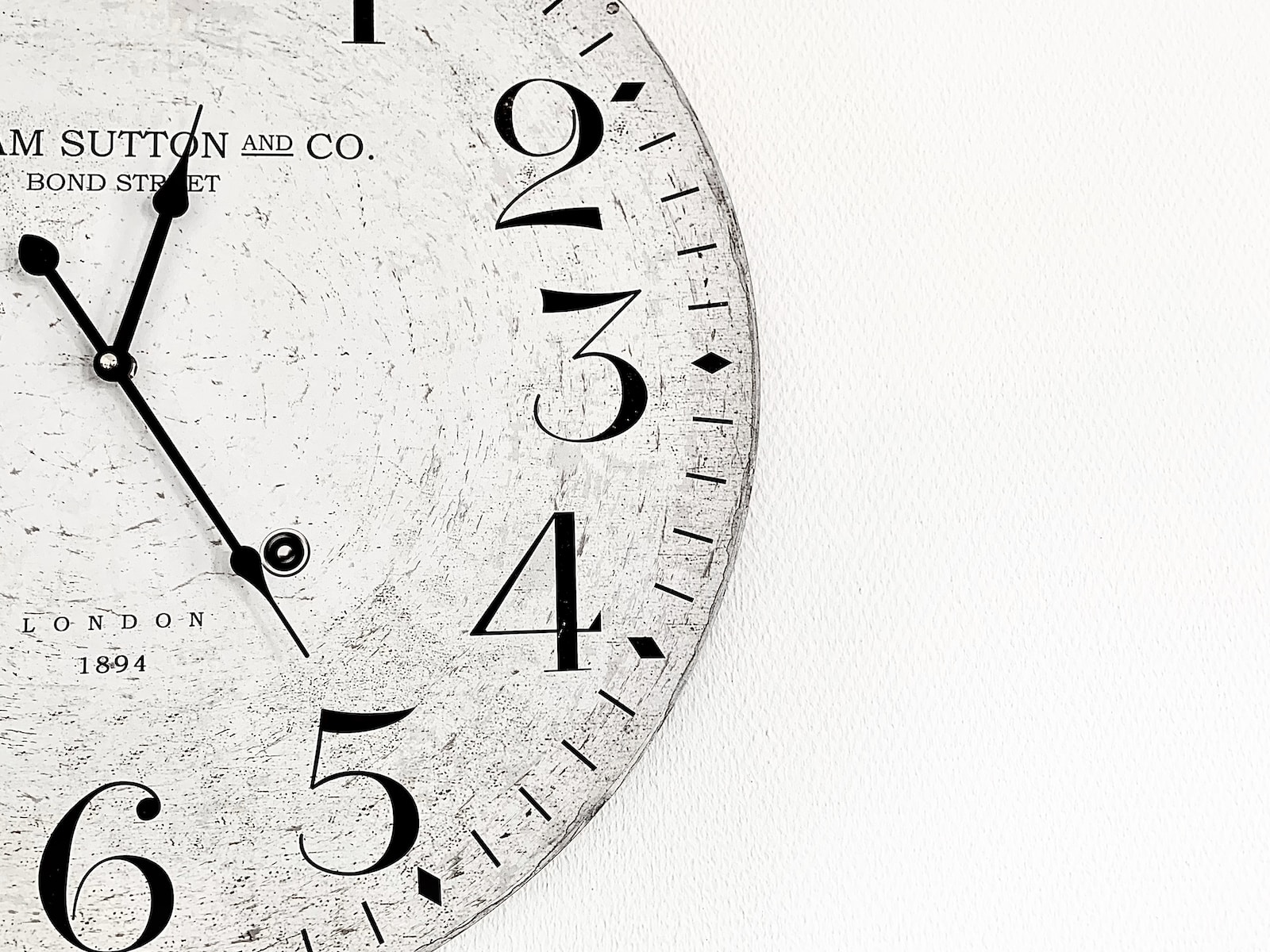Are you looking to take your photography skills to the next level? Discover the world of juxtaposition in photography and uncover the power of contrasting elements to tell captivating stories. In this blog, we delve into the concept of juxtaposition, explore composition techniques, and highlight how these contrasting elements can enhance the message and impact of your photographs. Join us on this journey to unlock the secrets of visual storytelling!
Table of Contents
- What is Juxtaposition in Photography?
- The Power of Juxtaposition in Photography
- Frequently Asked Questions
- What is juxtaposition?
- How can juxtaposition highlight contrasts in photography?
- What are some common composition techniques used in juxtaposition photography?
- What is the significance of juxtaposition in storytelling through photography?
- Can juxtaposition be used in different genres of photography?
- Are there any guidelines for using juxtaposition effectively in photography?
- Wrap Up
What is Juxtaposition in Photography?
Juxtaposition is a powerful compositional tool photographers use to create captivating images. It involves placing two contrasting elements side by side to highlight their differences and create visual interest. By intentionally incorporating contrasts, such as light and dark, big and small, or old and new, photographers can amplify the underlying message or story within their photos.
Enhancing Storytelling with Juxtaposition
Juxtaposition allows photographers to add depth, complexity, and intrigue to their images. It creates a dynamic interplay between elements, sparking curiosity and inviting viewers to interpret the relationship between the contrasting subjects. By harnessing the power of juxtaposition, photographers can elevate their storytelling, evoke emotions, and leave a lasting impact on their audience.
Composition Techniques for Juxtaposition
When incorporating juxtaposition in your photography, it’s essential to consider various composition techniques to enhance the impact of your contrasts. Here are some composition techniques to experiment with:
- Rule of Thirds: Place the contrasting elements along the imaginary lines or intersecting points of the rule of thirds grid to create a visually balanced composition.
- Leading Lines: Utilize leading lines to guide the viewer’s eye towards the contrasting elements and enhance their visual impact.
- Color Contrast: Leverage color theory by juxtaposing complementary or opposing colors to create striking visual contrasts.
- Scale and Proportion: Play with the size and scale of the contrasting elements to create a sense of tension or emphasize the differences between them.
- Texture and Pattern: Introduce contrasting textures or patterns to highlight the differences in surface qualities and create visual interest.
Juxtaposition can be traced back to the 17th-century art movement, Baroque, where contrasting visual elements were used to create dramatic impact and emotional depth.
Examples and Inspiration
Let’s explore some remarkable photographs that demonstrate the power of juxtaposition. These examples will inspire and encourage you to experiment with contrasts in your own photography:
- Contrasting architectural styles in a bustling metropolitan cityscape
- Combining natural landscapes with man-made structures to highlight the dichotomy between nature and civilization
- Pairing vintage fashion with modern settings, showcasing the evolution of style
- Contrasting emotions captured through the expressions and body language of subjects within a frame
Capturing Juxtaposition in Everyday Life
Juxtaposition is not limited to grand or elaborate setups. In fact, you can find opportunities to capture contrasting elements in your everyday surroundings. Keep an eye out for surprising combinations in your environment, juxtaposing elements that appear unexpectedly side by side. The key is to train your eye to observe and recognize these contrasts, allowing you to craft compelling visual stories from the ordinary moments of life.
Juxtaposition is a powerful tool that can elevate your photography by creating striking visual contrasts and enhancing storytelling. By consciously incorporating contrasting elements and utilizing composition techniques, you can captivate viewers and convey your message more effectively. So, grab your camera, seek out the unexpected, and explore the captivating world of juxtaposition in photography!
The Power of Juxtaposition in Photography
When it comes to capturing visually compelling images, one technique that can make a significant impact is juxtaposition. Juxtaposition refers to the deliberate placement of contrasting elements within a photograph to create a striking visual effect. This technique not only adds depth and complexity to an image but also enhances storytelling and delivers a powerful message.
The Concept of Juxtaposition
At its core, juxtaposition is about contrasting elements. It involves pairing together two or more objects, subjects, or ideas that are seemingly opposite or different, creating a compelling contrast that immediately grabs the viewer’s attention. By bringing together these contrasting elements, the photographer can emphasize the differences between them, highlighting a particular message or narrative.
For example, a photograph showcasing a serene beach scene with a tall skyscraper in the background creates a stark contrast between nature and urbanization. This visual contradiction can evoke a sense of nostalgia for the simplicity of the past or serve as a commentary on the encroachment of man-made structures on natural landscapes.
Enhancing Storytelling and Message
Juxtaposition in photography allows photographers to tell stories and convey messages in a visually compelling way. By incorporating contrasting elements into their compositions, photographers can create tension, irony, or even surprise, stimulating the viewer’s imagination and encouraging them to think deeper about the image.
For instance, a photograph of a child playing in a war-torn neighborhood juxtaposed with a soldier standing guard can evoke powerful emotions and raise questions about the impact of conflict on innocent lives. The contrasting elements of vulnerability and strength provoke reflection and contribute to a more profound understanding of the subject matter.
Composition Techniques for Juxtaposition
To effectively employ juxtaposition in your photography, there are several composition techniques you can consider:
- Contrasting Colors: Utilize colors that are opposite on the color wheel to create a visually striking contrast.
- Size and Scale: Place objects of different sizes together to emphasize the contrast in scale.
- Contextual Contrasts: Position objects in unexpected or unconventional settings to create a visual surprise.
- Light and Shadow: Play with light and shadow to highlight the differences between elements.
By understanding and applying these techniques, you can harness the power of juxtaposition in your photography, effectively communicating your message and captivating your audience.
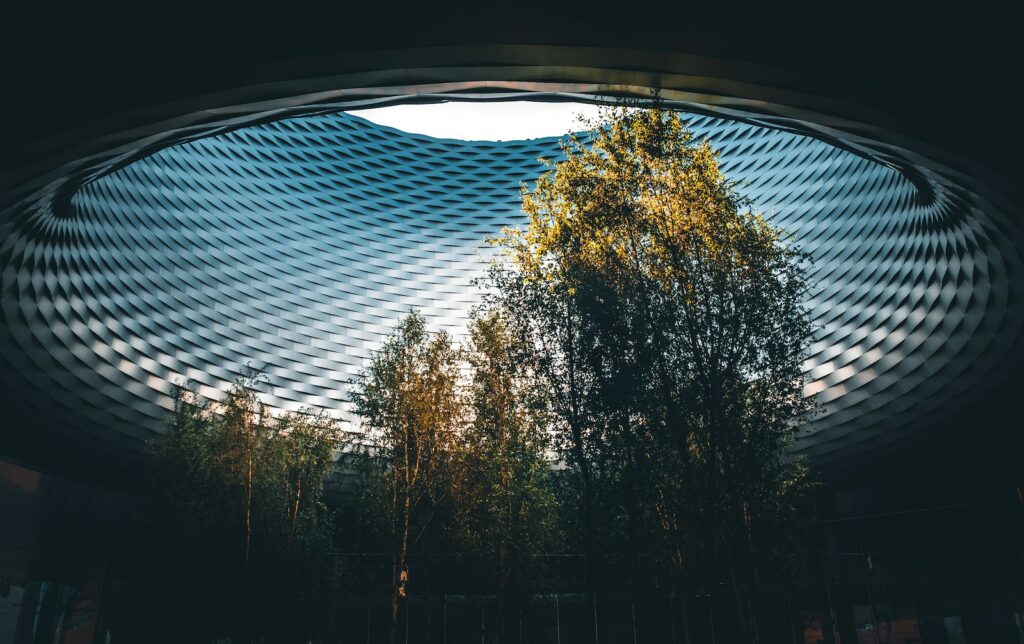
Exploring the concept of juxtaposition in photography opens up a world of creative possibilities. By deliberately placing contrasting elements in your compositions, you can instantly make your images stand out and engage viewers on a deeper level. Whether you seek to convey emotions, raise awareness, or narrate a story, utilizing juxtaposition can take your photography to new heights.
So don’t hesitate—embrace the power of juxtaposition and let your images speak volumes through the artful arrangement of contrasting elements.
Frequently Asked Questions
What is juxtaposition?
Juxtaposition in photography involves placing contrasting elements side by side or in close proximity within a photograph to create visual interest and emphasize differences. It is an effective composition technique that can enhance storytelling and convey a strong message.
How can juxtaposition highlight contrasts in photography?
Juxtaposition highlights contrasts in photography by visually juxtaposing two or more elements that are different in nature, color, size, shape, or context. This deliberate placement accentuates the differences, drawing attention to them and creating a compelling visual impact.
What are some common composition techniques used in juxtaposition photography?
Several composition techniques can be employed to enhance juxtaposition in photography. Some common techniques include:
- Contrasting subjects: Placing two subjects with opposing characteristics or emotions together.
- Color contrasts: Incorporating colors that are opposite on the color wheel to create a striking visual effect.
- Spatial contrasts: Playing with the arrangement of subjects to create visual tension and highlight differences.
- Temporal contrasts: Capturing moments that contrast in time, such as old and new or past and present.
What is the significance of juxtaposition in storytelling through photography?
Juxtaposition is significant in storytelling through photography as it adds depth, complexity, and narrative to the visual message. By presenting contrasting elements, photographers can evoke emotions, spark curiosity, and engage viewers in a thought-provoking way.
Can juxtaposition be used in different genres of photography?
Absolutely! Juxtaposition can be utilized in various genres of photography, including street photography, portrait photography, landscape photography, and even still life photography. It is a flexible technique that can be adapted to suit different subjects and contexts.
Are there any guidelines for using juxtaposition effectively in photography?
While there are no strict rules, here are a few guidelines to consider:
- Ensure the contrasting elements are visually distinct and easily identifiable.
- Avoid clutter or extraneous elements that may distract from the main contrast.
- Experiment with different angles, perspectives, and compositions to enhance the impact.
- Pay attention to lighting and shadows to further emphasize the contrasts.
- Remember that juxtaposition is a subjective technique, so trust your creative intuition.
Wrap Up
Through the use of juxtaposition, photographers can captivate their audience by highlighting contrasts and creating compelling visual stories. By consciously incorporating contrasting elements, such as light and shadow, color and monochrome, or size and scale, photographers can engage viewers and evoke powerful emotions.
With these composition techniques, photographers gain the ability to convey complex narratives, spark interest, and convey messages in a unique and visually appealing way. Whether you’re a professional photographer or an avid enthusiast, experimenting with juxtaposition can take your photography to new heights.
We hope this blog has inspired you to explore the concept of juxtaposition and its potential in photography. Have you tried using contrasting elements in your photographs? Share your experiences and thoughts in the comments below. Let’s keep the conversation going!
